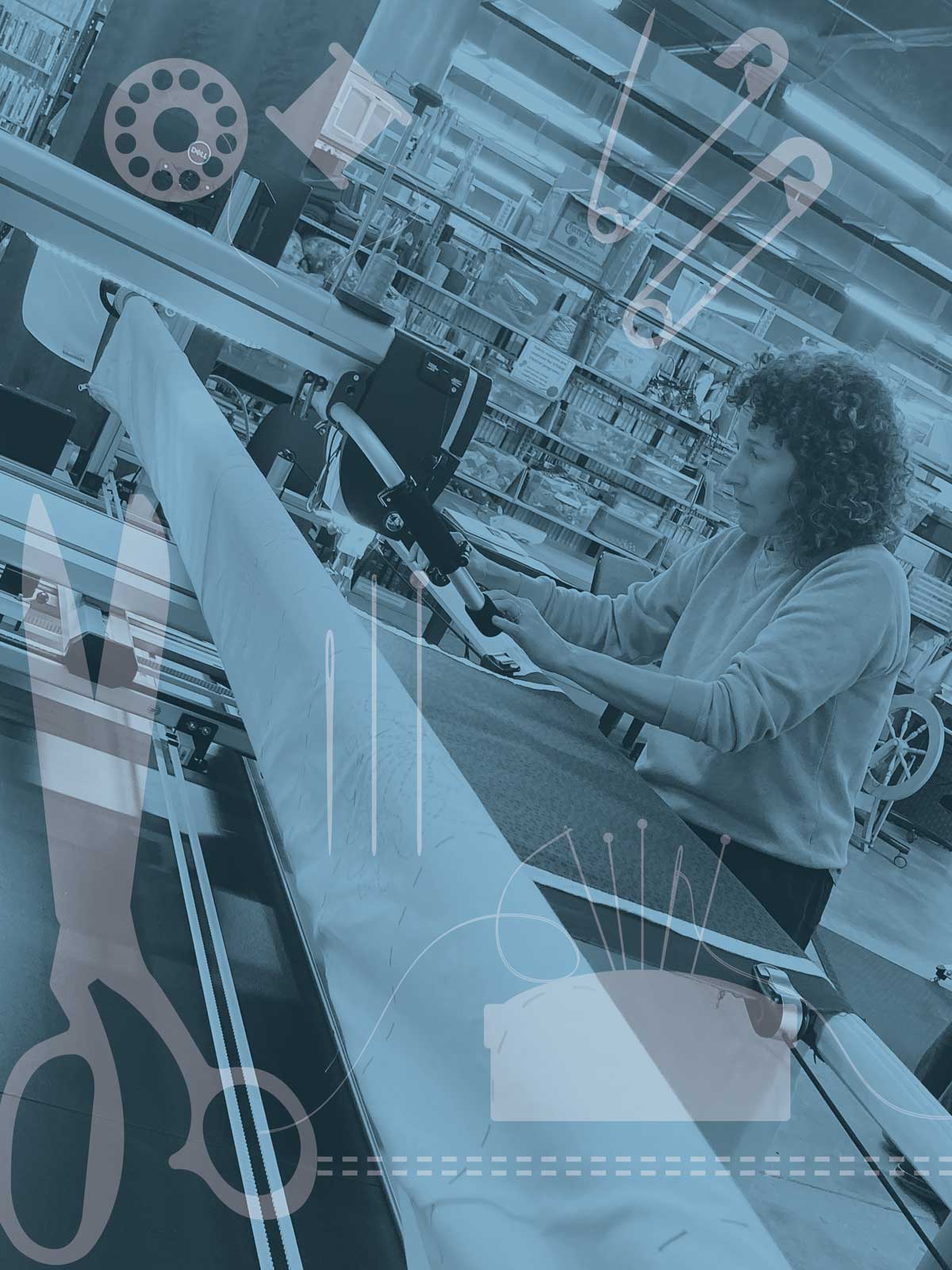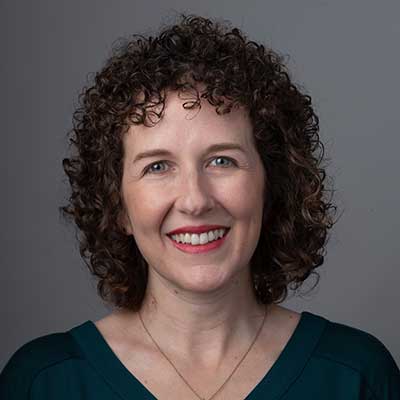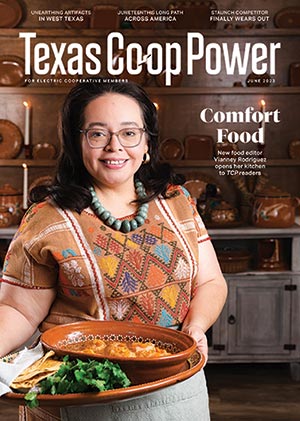Magical things happen in the places where people make things.
In the basement of the main branch of the Stephens Central Library in downtown San Angelo, a group of librarians has created just this kind of a place. STEAM Central, open since 2016, is a studio where patrons can build, make, shape and sew with high-end equipment and tools—for free. It has become a gathering space for quilters, crafters and anyone who has ever wanted to try implements such as a soldering iron, 3D printer or laser cutter—or browse the largest collection of puzzles and games in the Concho Valley.
And STEAM Central—science, technology, engineering, art and math—is open to everyone in Texas.
The Tom Green County library system offers a card to anyone with a Texas ID, so when I heard about the long-arm quilting machines they had, I planned my first quilting vacation.
Casey Dees, who oversees the makerspace, says that people come from all over the state to learn how to use these $25,000 machines, which are often booked for weeks at a time. Guests have to take an online class beforehand and reserve a four-hour session.
When the studio first opened, it was mostly experienced quilters who came in to use the machines, but in the past few years, Dees has seen an influx of newcomers.
“We’ve had so many people coming in with different skill levels, people who have been sewing, making quilts at home for 30 or 40 years,” he says. “We’ve got some people who are brand new who have never touched a sewing machine in their life. If they can afford the materials, fabric and thread, then they can get started.”
Experienced quilters can finish four or five quilts in a session, but newbies are advised to bring in expendable fabrics because there’s a learning curve.
In other words, plan for mistakes.
I’ve been quilting for more than a decade, but I’d never used a long-arm machine, many of which have robotic functions that my needle-wielding ancestors could have never dreamed of. With equal parts fascination and intimidation, I picked out my fabrics, packed up my sewing kit and headed to this historic county seat.
Once I got settled in, Dees started our lesson. Quilters receive a one-on-one tutorial, which means they can learn at their own pace.
As I pinned the maroon backing and dark paisley top layer to a pair of zippers that would hold the fabric in the machine, Dees told me about some of the memorable patrons they’ve had, like a father and his son, who wanted to learn how to sew. Together they learned how to use not only the sewing machine but the fabric-cutting and embroidery tools as well.
Dees showed me how to zip the fabric sandwich onto the machine and thread the delicate needle. Once I did it a few times myself, he showed me how to move the needle around and use the computer interface. Then it was time for me to try.
I grasped the handles and felt a little jolt. Not because of the machine but because of those sewing ancestors, who suddenly appeared in my mind, eager to be part of this 21st century experience. “This is the stuff of a quilter’s dream,” I think. Her dream. My dream. Our dream.
I pushed a button on the handle, and within minutes, the needle was buzzing all over, doodling patterns and words that my little machine at home could never produce. I quilted all afternoon. By the time my session was over, I signed my name in stitches and swelled with pride.
As I packed up, I chatted with a white-haired woman who was set up at one of the tabletop sewing machines. She was making soup bowl holders, expertly hitting each corner stitch before moving onto the next.
“My mother, she used to measure our dresses with string,” she says of growing up in nearby Brady. “She made all of our dresses. All of them.”
I wasn’t surprised to learn on my way out that the long-arm machines are the most popular reservations at STEAM Central. “It’s been the most amazing thing to see people not just say, ‘This is making my quilting life, my sewing life, my crafting life so much faster and more convenient,’ ” Dees says, “but to watch people get into a craft for the first time. For the younger kids, especially, I can show them, ‘This is what’s possible. Everything that is available, you can do down here.’ ”



